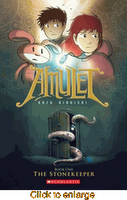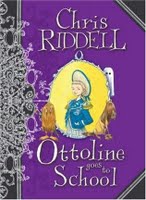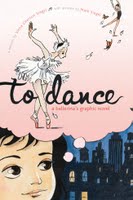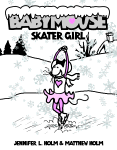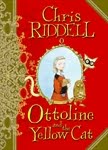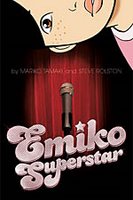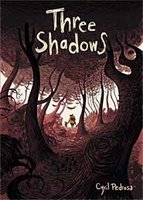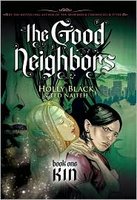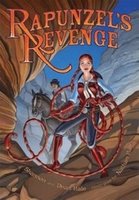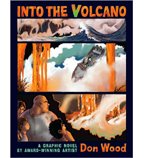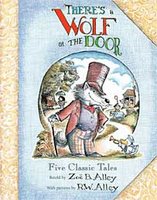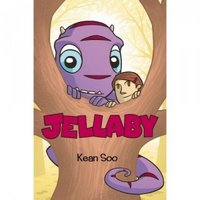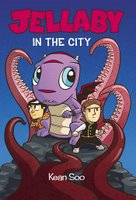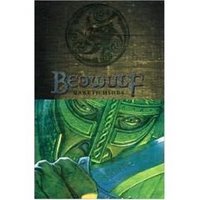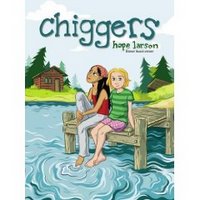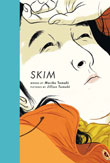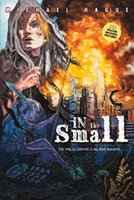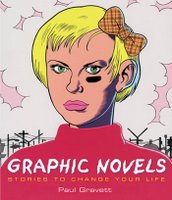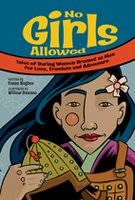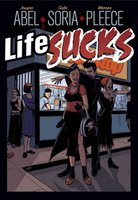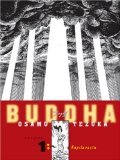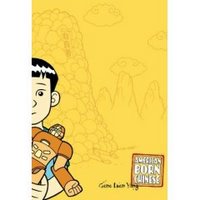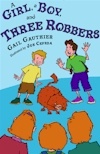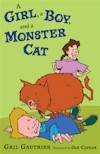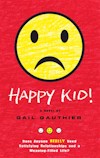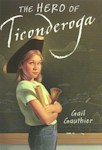"Thanks For Getting The Second Book In A Series"
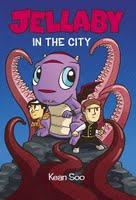
I rather liked the first volume of Jellaby by Kean Soo. Well, except for the part about the book not having an ending, of course. But I try to be open-minded about the whole serial thing. I do understand that once the serial is completed, a reader can go through every volume and have a complete reading experience.
But you really do have to have access to every volume in order to get that experience. Jellaby: Monster in the City, begins with Chapter Six, the first five chapters appearing in the first volume. Even I, who had liked that first book, had trouble getting into the story and the characters again. I had trouble seeing how the actual monster carrying-on in this book was related to the first book. And I can't tell if this book is the end of the story. The first book ended right in the middle of some action. This one ends at a point that could be an ending or could be a calm between storms.
How might someone who is being exposed to this serial for the first time with the second book respond? "Thanks for getting the second book in a series," was what I heard from a family member who read Monster in the City after finding it here at Chez Gauthier. Read that "Thanks" as meaning "What were you thinking?"
While I do understand the attraction of a completed serial, as a writer I still have a lot of trouble understanding why I would want to intentionally write a book that won't be accessible to many readers as an individual work. Even once the serial is completed, so many libraries don't carry all the volumes of a series. You often can't find them all in bookstores. I want to communicate with readers. I want to be understood. A real serial puts up so many obstacles that can prevent that happening.
I will say, though, that Jellaby: Monster in the City had a cool twist on the Puff the Magic Dragon storyline. Think Puff the Magic Dragon meets Fringe or The X-Files. But you have to make your way through half the book to get there.
Labels: graphic novels, Reader response
